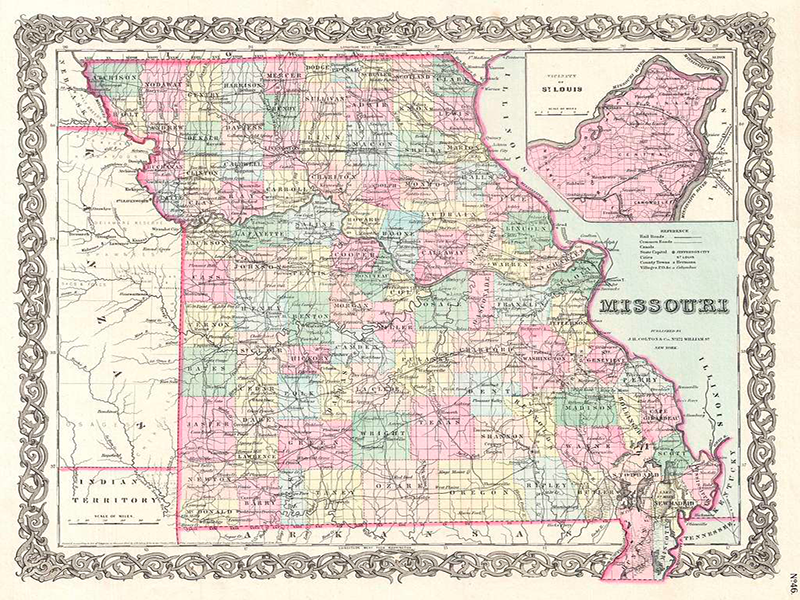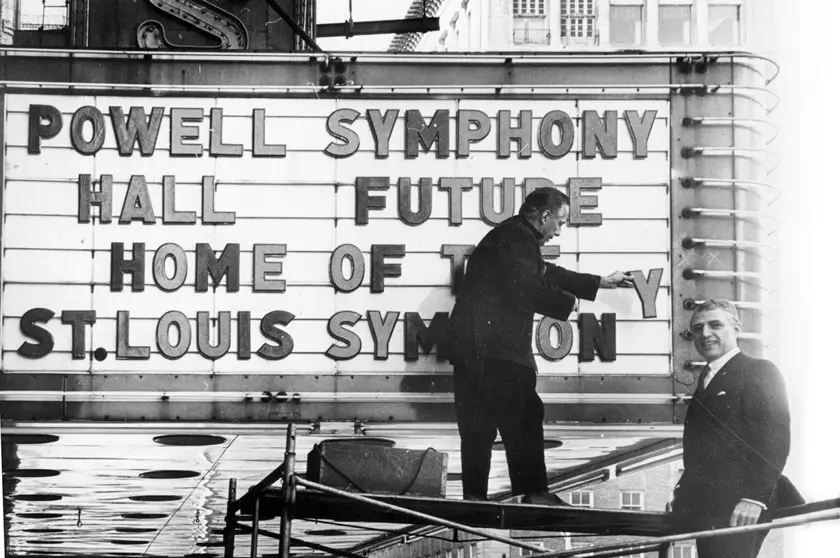As long as humans have inhabited Missouri, they have held certain places sacred. These unique spaces draw people to them for numerous reasons—some have become popular photo-ops or school field trips, while others are places of worship.
A sacred site can hold religious significance, but that’s not always the case. These sites can be any culturally meaningful place worthy of respect.
The sacred sites we chose to feature include centers of religious devotion like the breathtaking Cathedral Basilica of St. Louis and the Islamic Center of Central Missouri in Columbia, which made history as the first in the state.
Other sites are in memoriam of lives lost during somber chapters in history such as Trail of Tears State Park and The National World War I Museum & Memorial in Kansas City.
Some sites, like Sugarloaf Mound in St. Louis, preserve a piece of an important era in our history that was almost lost.
The sites featured here are still cherished, used as places of worship, and continue to draw Missourians, archeologists, photographers, and historians to them.
WWI Memorial, Kansas City
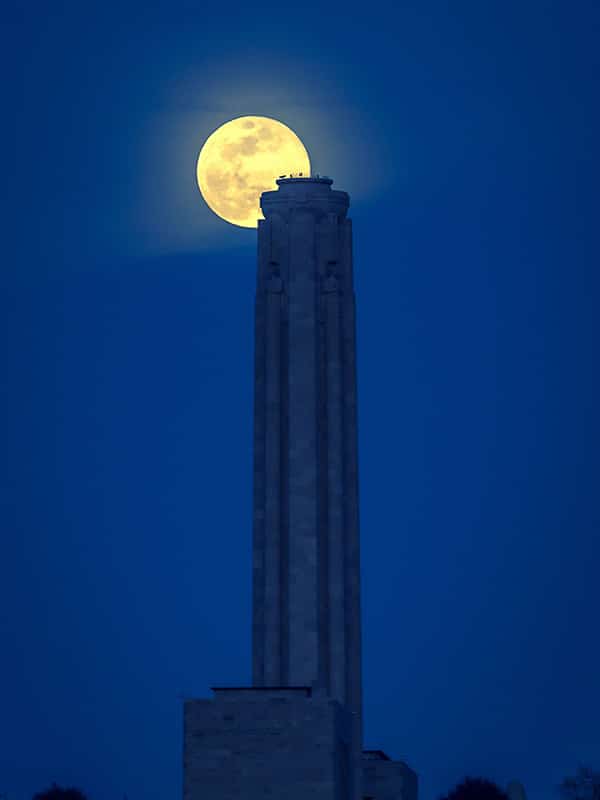
The National World War I Museum and Memorial of the United States opened to the public after a dedication ceremony in November 1926. In 2004, Congress designated it as America’s official museum dedicated to World War I. The museum tells the story of America’s participation in the first world war. Soldiers in that conflict served under the leadership of a general from Missouri, John J. Pershing, the only active-duty officer to ever attain the rank of “General of the Armies of the United States.” George Washington earned the rank posthumously in 1976. By the end of the Great War, more than 48,000 Missourians had voluntarily enlisted and another 108,000 were drafted by the Selective Service Act.
Sugarloaf Mound, St. Louis
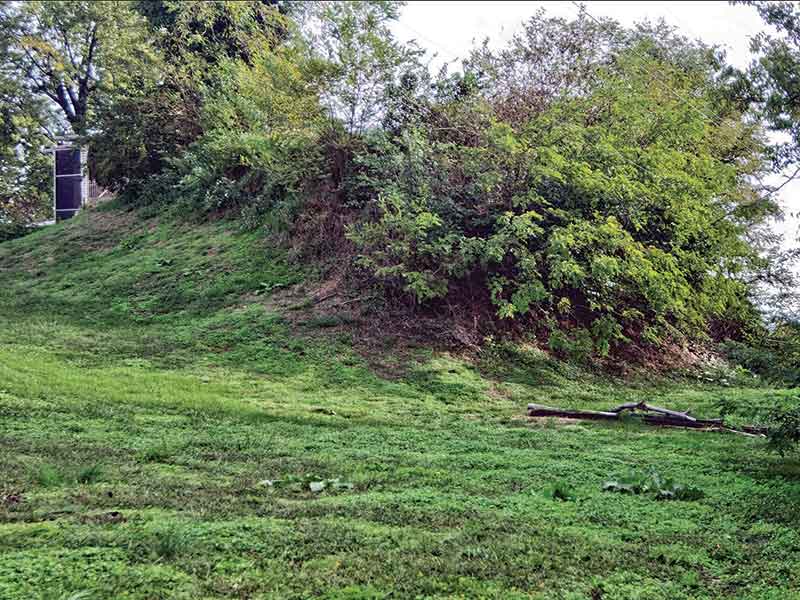
Sugarloaf Mound is the last remaining mound of the many that once existed in St. Louis. Homes were built on top of it, and in 2009, the Osage Nation purchased the house that sits on the highest point of the mound and the property. Although the Osage didn’t build the mound, tribal leaders told the St. Louis Post-Dispatch the tribe’s ancestors include mound builders who resided in the area. In 2017, a deteriorated home near the top of the mound, which can be seen here, was demolished so the Osage Nation could begin preservation. Eventually, they plan to build an interpretive center here.
Cathedral Basilica of St. Louis

This Cathedral Basilica of the Roman Catholic Church was completed in 1914 and is used as a place of worship to this day. The cathedral features a large mosaic installation, which is one of the largest in the Western Hemisphere. Burial crypts and a fourteen-foot welded stainless steel sculpture that was created by Wiktor Szostalo to promote racial harmony can also be found here.
Smallin Civil War Cave, Ozark
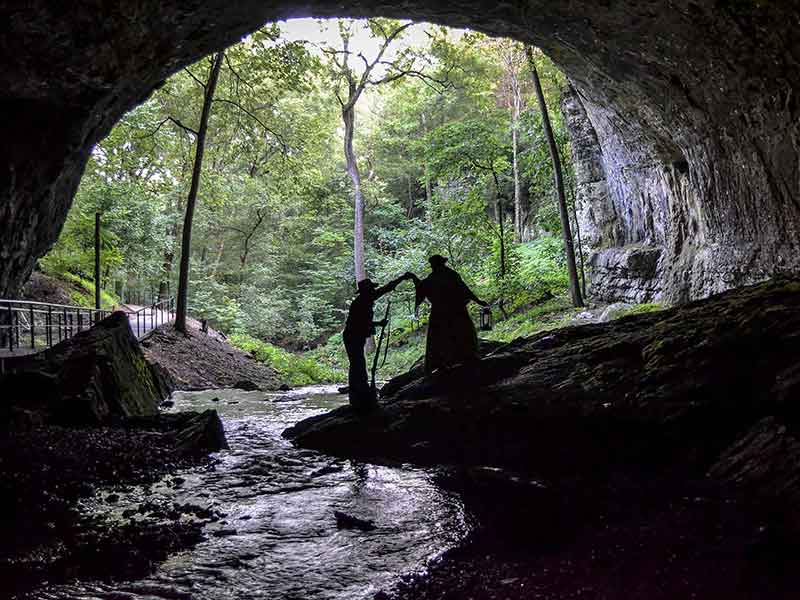
This is the first documented cave in the Ozarks. It gave shelter to Dr. Silas Scruggs Stacey, a Cherokee Indian, and his family, who were forced to relocate during the deadly Indian Removal Act and decided to flee the forced march. It also sheltered soldiers from the North and South during the Civil War. Today you can tour the privately owned cave for a fee.
Islamic Center of Central Missouri, Columbia
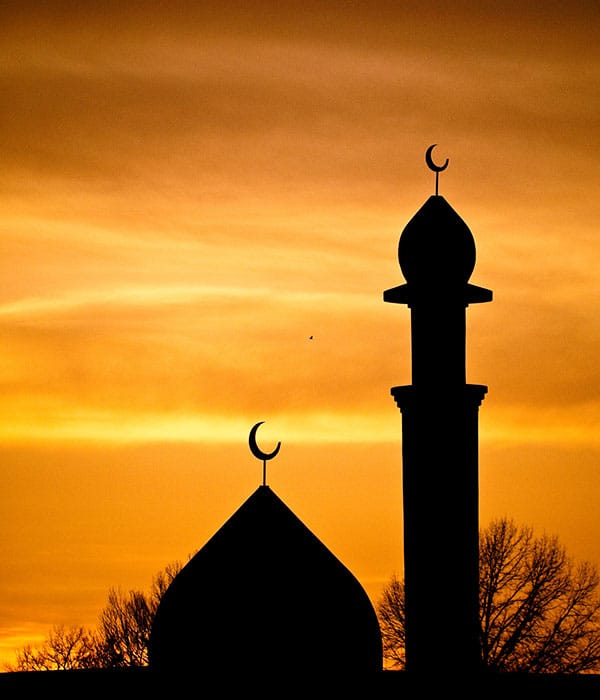
Established in 1983, this is the only mosque in Columbia. It was the first Islamic Center in the state of Missouri and is still used as a place of worship today where American Muslims, international students, and immigrants, among others, are welcome to share their faith and learn more about it.
United Hebrew Temple (Missouri History Museum Research Library), St. Louis
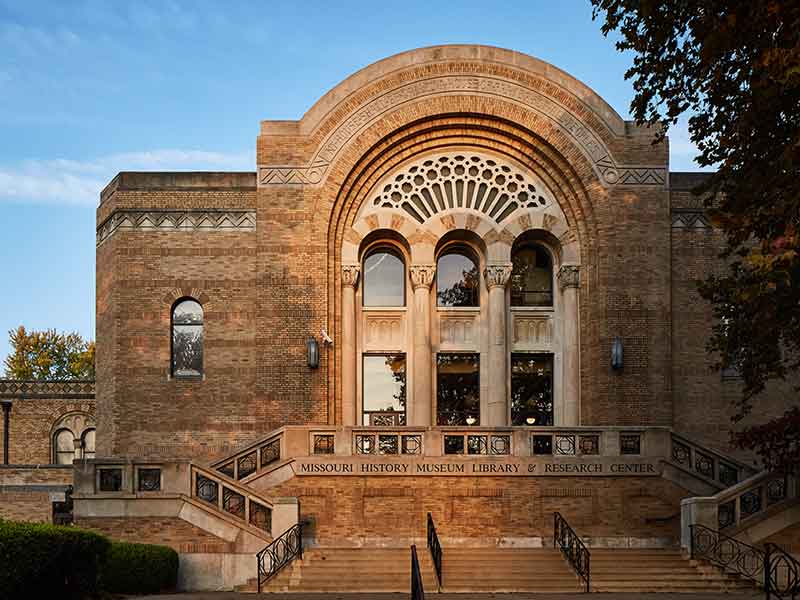
Construction of the United Hebrew Temple began in 1924, and it opened to the public in 1927. The synagogue was where Reverend Martin Luther King Jr. gave his “The Future of Integration” speech in 1960. In 1989, the building was sold and the synagogue was transformed into the Missouri Historical Society Library & Research Center.
Trail of Tears State Park, Cape Girardeau
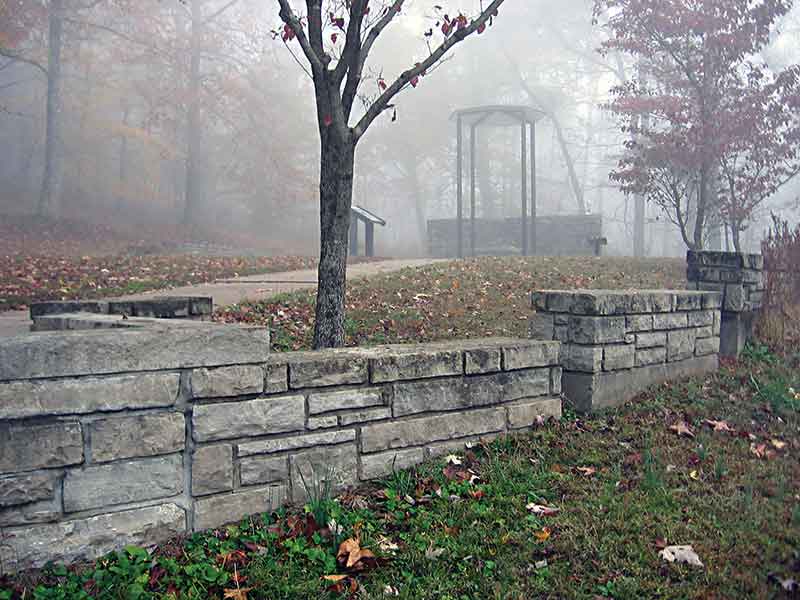
In 1830, Congress passed the Indian Removal Act, which began forcibly relocating Cherokee people to what is now Oklahoma from their ancestral homelands east of the Mississippi. Trail of Tears State Park is located at a site where thousands of Cherokee camped during the winter months of 1838 and 1839. In the park stands a small pavilion over a plaque, known as the Bushyhead Memorial. The plaque, dedicated in 1961 by the Cape Girardeau Rotary Club, commemorates a burial that occurred here during the long journey west and also memorializes the thousands of lives lost along the Trail of Tears.
Black Madonna Shrine and Grottos, Pacific
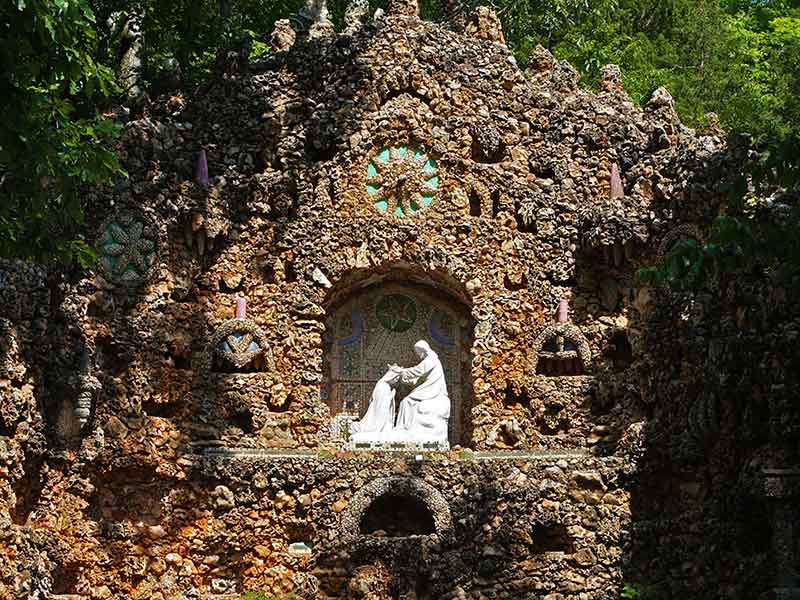
The construction of this shrine began in 1938 by Brother Bronislaus, a Polish immigrant. He wanted to recreate the Black Madonna of Czestochowa, a famous icon in Poland, which depicts the Virgin Mary. The name Black Madonna is a reference to the dark skin tone of the figures in the original icon.
Photos // Jonathan Tasler, Wikimedia Commons, John Langholz, Smallin Civil War Cave, David Kennedy, S. Denise Dowling, Missouri History Museum, Black Madonna Shrine and Grottos.
Article originally published in the January/February 2020 of Missouri Life.
Related Posts
Missouri Counties Formed
On January 2, 1833, new Missouri counties, including Carroll, Clinton, Greene, and Lewis, were formed on this date.
108 Missouri Wineries
On December 11, 2012, state officials announced that there were now one hundred and eight commercial wineries operating in Missouri.
Missouri History Today January 24, 1968
This date in Missouri history. The St. Louis Symphony Orchestra played its first-ever concert on the night after the St. Louis Theater was converted into Powell Hall, renamed for local businessman Walter Powell when his widow donated $1 million for it to be refurbished as the home for the symphony.

